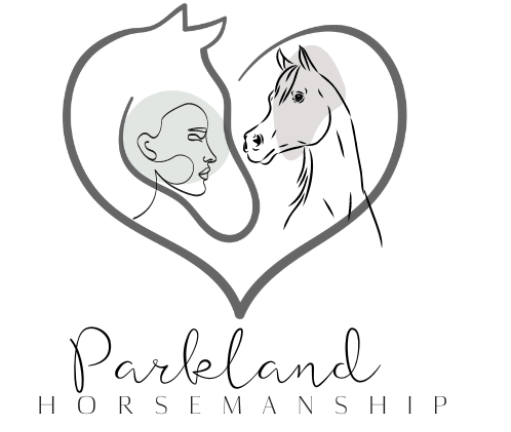Becoming an effective horseman and rider begins on the ground. Groundwork exercises offer you an opportunity to develop effective communication and leadership abilities in tandem with your mount.
Unhampered by poor handling techniques, horses that have learned to act poorly may benefit greatly from being trained with skilled trainers who use groundwork techniques.
Lungeing
Lungeing is an excellent training technique that allows trainers to work on basic horsemanship skills without placing additional weight onto the horse’s back. Furthermore, this method trains horses to become more accepting of unfamiliar environments or situations that may cause stress or anxiety during riding sessions.
Start a lunge by positioning your feet hip-width apart, bending both knees so they form a 90-degree angle with your upper leg (thigh) parallel to the ground, and lowering yourself until your back knee touches or comes within one inch of touching the floor.
Starting there, you can teach your horse to walk around you, halt, stop, and change direction while lunged – essential exercises that will enable them to communicate more efficiently from their saddle, stay calmer during lunging sessions, strengthen both bodies as well as improving balance and gymnastic strength. Lungeing will also strengthen you personally while developing balance and gymnastic strength!
Backing Up
Groundwork is essential when it comes to horse training; your horse needs to know how to respond positively to physical and driving pressure in order for riding to become easier. No matter whether you are new or experienced rider, learning how to work with horses on the ground and teach them yield to pressure from their halter and lead rope is an invaluable experience.
Neil shows you how to lunge a horse to help familiarise it with having a saddle on their back and with having someone sitting in it. Additionally, he discusses assessing their energy levels and why it is essential not to push beyond your horse’s comfort zone.
Desensitizing
Desensitization is an established technique used by horse trainers to teach their horses to ignore frightening stimuli. Millions (or maybe billions!) of horse trainers worldwide use desensitizing as part of their approach to helping their horses overcome fear and reactivity, however it may have the opposite effect, leading them to overstimulated horses that cause physical resistances that lead to problems such as not wanting to move forward, rearing up, bucking up or even kicking back at trainers or being overstimulated themselves by them trying to change them overstimulated and overstimulated horses can develop mental resistances leading to behavioral issues like not wanting to move forward or not wanting to move forward at all or mental resistances which cause mental resistances which lead to problems such as not wanting to move forward or even mentally resistant horses acting up by not wanting or refusing to move forward, rearing up rearing or kickbacking after overstimulation and overstimulated horse behavior as well as kickbacking and rearing and rearing up or kickback from behind as opposed to moving forward, rearing or rearing up and kicking backwards as opposed to becoming overstimulated and then shutting down completely or overstimulated mentally too much which leads them becoming overstimulated to where it causes overstimulated horses becoming overstimulated leading them having no longer wanting forward, bucking, rearing back and rearing from forward, rearing or rearing and/bucking or rearing as well.
One method of systematic desensitizing is known as positive overshadowing; this practice exposes your horse to something they fear before rewarding calm behavior – teaching your horse that the fearful stimulus is harmless or non-harmful.
Approach conditioning is another form of systematic desensitizing that involves presenting your horse with a stimulus they fear and encouraging them to approach it by offering clickers or treats as lures. This method teaches your horse that associating fearful stimuli with something positive changes their response from fearful to interested.
Stroking
Groundwork is often utilized by horse training systems as an essential element in starting young horses under saddle. Groundwork entails exercises conducted while leading your horse using a halter, cavesson or neckrope + lead rope on the ground; exercises include walking, trotting, halting and waiting as well as backing up/turning left/right.
Leading exercises teach your horse to respect your space and follow your cues, providing the foundation for riding. Desensitizing exercises help reduce spookiness while bravery builds, while yielding exercises improve responsiveness and flexibility.
Stroking sensitive parts of a horse’s body such as its groin, belly, nipples or mouth can help create an intimate bond between horse and rider, and establish an effective means of communicating with those lacking focus or attention.

